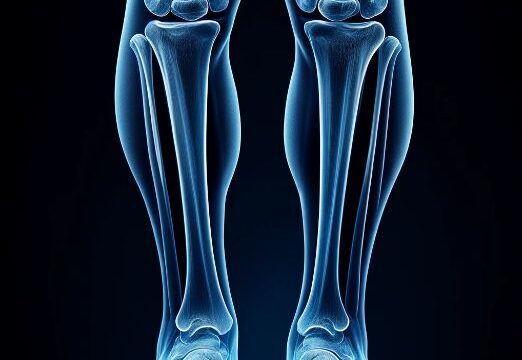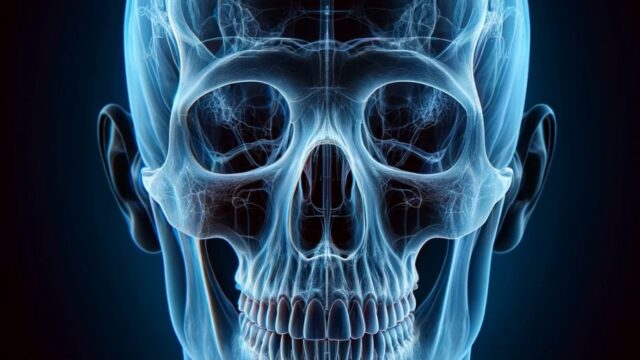Purpose
Observation of the calcaneus, distal fibula, and talocalcaneal joint.
Assessment of fractures, dislocations, inflammation, and bone tumors.
Measurement of the Böhler angle and Gissane angle can be helpful in evaluating the severity of calcaneal fractures.
Prior confirmation
Remove any obstacles that may obstruct.
Do not force dorsiflexion if there is pain.
Positioning
Side-lying position with the examined side down.
Bend the lower limb on the examined side, and position it laterally from the knee joint to the ankle joint.
There are two ways to angle the foot:
1. Attach the outer side of the foot to the cassette.
2. Keep the calcaneus parallel to the cassette (raise the heel).
Align the lower leg axis of the examined side with the long axis of the cassette.
Keep the lower leg axis of the examined side parallel to the cassette.
Dorsiflex the examined side’s foot to make the sole at a 90° angle to the lower leg axis.
Align 1 finger-width below the medial malleolus with the cassette center.
Place the R/L marker.
CR, distance, field size
CR : Perpendicular incidence directed 1 finger-width below the medial malleolus.
Distance : 100 cm
Field size : Narrow it down to an area of approximately 10 x 10 cm.
Exposure condition
50kV / 4mAs
Grid ( – )
Image, check-point
Normal (Radiopaedia)
Variant
Animations
Ensure that the talocalcaneal joint is projected at the center.
Böhler angle and Gissane angle are measurable.
Cortex and bone trabeculae are clearly visible.
The base of the fifth metatarsal is included.
There is no overlap of the non-examined lower limb.
Tolerance for soft tissue visibility.
Presence of the RL marker.
Absence of motion-induced blur.
Videos
Related materials
















